How to Find Your Art Style: A Guide for Home Decor Enthusiasts
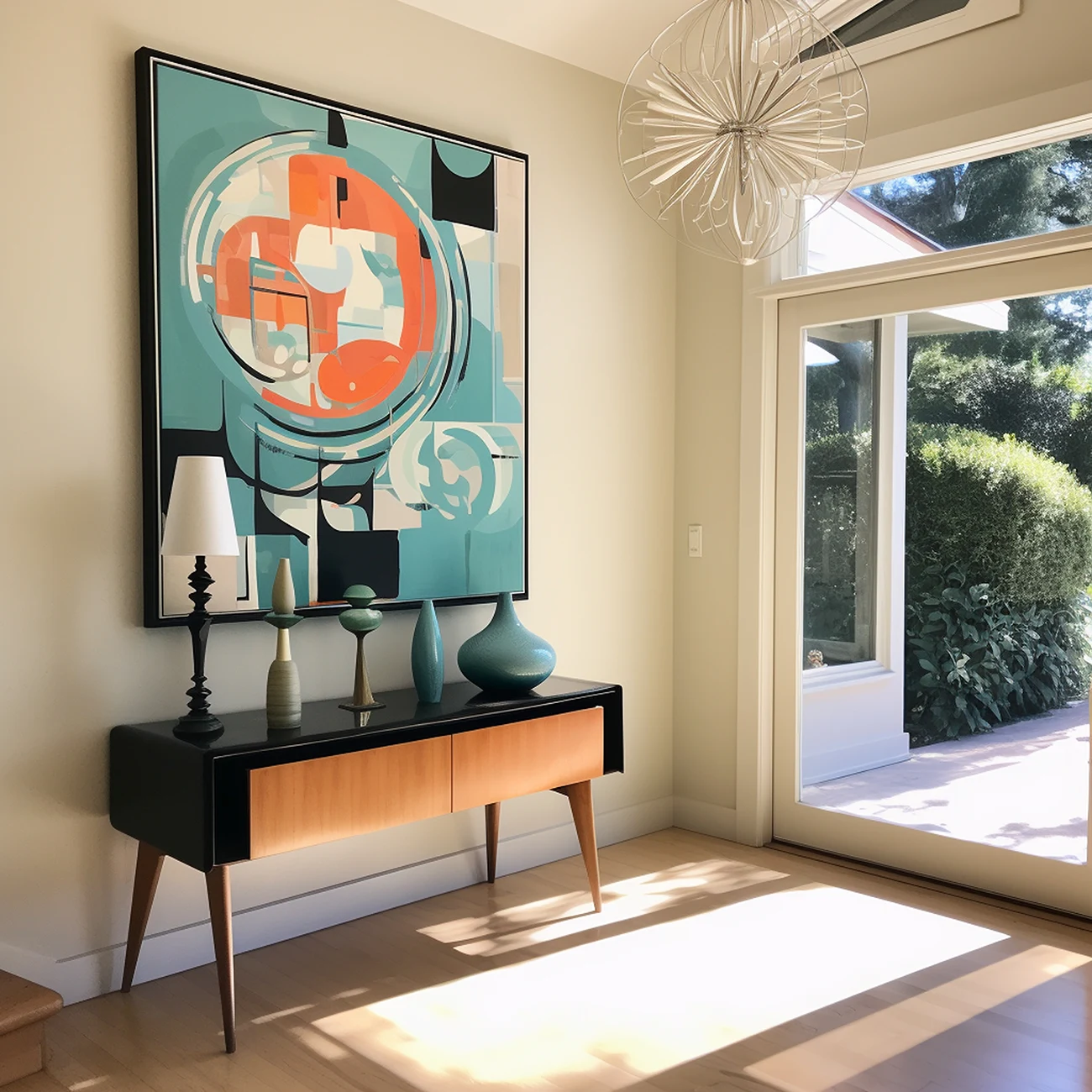
How to Find Your Art Style: A Guide for Home Decor Enthusiasts
Finding your artistic style is like discovering your own personal signature for your living space. It’s not just about selecting pretty pictures for your walls—it’s about curating a visual language that speaks to who you are and transforms your house into a true reflection of yourself.
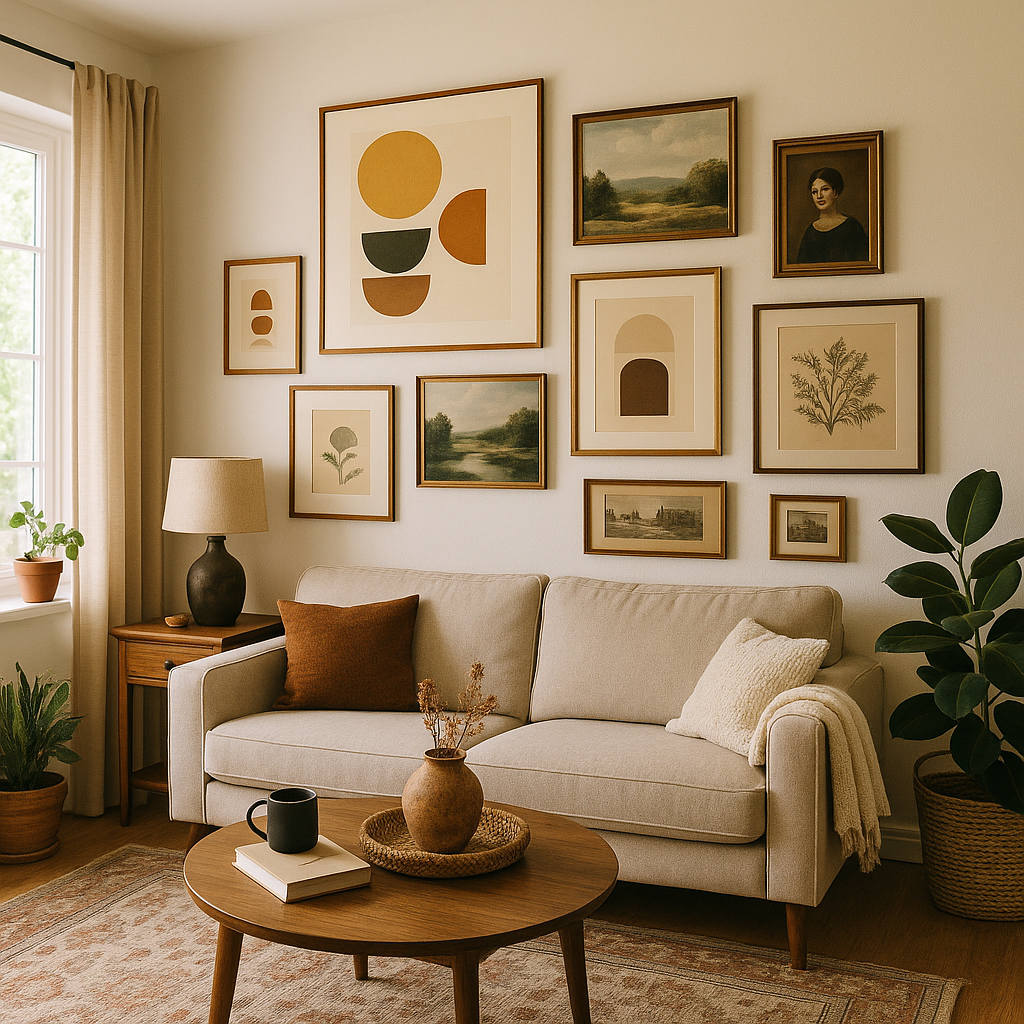
For home decor enthusiasts, developing a distinctive art style can be the difference between a space that feels generic and one that feels uniquely yours.
Just as interior designers carefully select elements to create a cohesive room, developing your art style allows you to add an authentic touch to your home that resonates on a deeper level. Whether you’re drawn to bold geometric patterns, serene landscapes, or vintage-inspired illustrations, your preferences can form the backbone of a personalized aesthetic that makes your space feel intentional and complete.
In this guide, you’ll discover practical steps to identify and develop your artistic style specifically for home decor. We’ll explore how different styles impact the atmosphere of your living spaces, how to apply your emerging aesthetic throughout your home, and how to confidently evolve your style as your tastes mature. By the end, you’ll have a roadmap to transform your walls from blank canvases into personalized galleries that enhance your everyday living experience.
Why your art style matters in home decor
Having a defined art style does more than just fill empty wall space—it fundamentally shapes how people feel in your home. When your artistic choices reflect your authentic self, your space gains an emotional resonance that generic decor simply cannot achieve.
Interior designers consistently emphasize that personalized wall art creates focal points that anchor a room’s design and spark conversation. “The art you choose tells your story without words,” notes many design professionals. This personalization transforms ordinary rooms into distinctive spaces that feel genuinely lived-in rather than staged.
Beyond aesthetics, your unique artistic style brings cohesion to diverse decor elements. When you develop a signature art style, seemingly unrelated furniture pieces, color schemes, and accessories suddenly connect through a consistent visual language. This creates spaces that feel intentionally designed rather than randomly assembled.
Most importantly, developing your own style frees you from the tyranny of fleeting trends. While interior design magazines constantly push the latest looks, a personal style that you’ve thoughtfully developed will remain relevant because it’s grounded in what truly resonates with you. This approach also creates living spaces with authenticity that guests immediately sense when they enter your home.
When exploring various approaches, you might find inspiration in Bauhaus wall art with bold geometric designs, which exemplifies how a distinctive style can dramatically impact your decor. The clean lines and thoughtful compositions characteristic of this style demonstrate how art can serve as both a visual statement and a reflection of personality.
Steps to discovering and refining your art style
Uncovering your personal art style is a journey that combines intuition, exploration, and reflection. Unlike following a rigid formula, it’s about tuning into what naturally draws you in and brings you joy when you see it in your living space.
Explore styles that resonate with you
Begin your discovery process by immersing yourself in various art forms and styles. Visit local galleries where you can experience art in person, feeling the scale and presence of different pieces. Browse online platforms and social media accounts dedicated to different art movements and styles. Pay attention to what makes you pause longer or want to take a closer look.
Create a digital or physical mood board where you collect images of artwork that speaks to you.
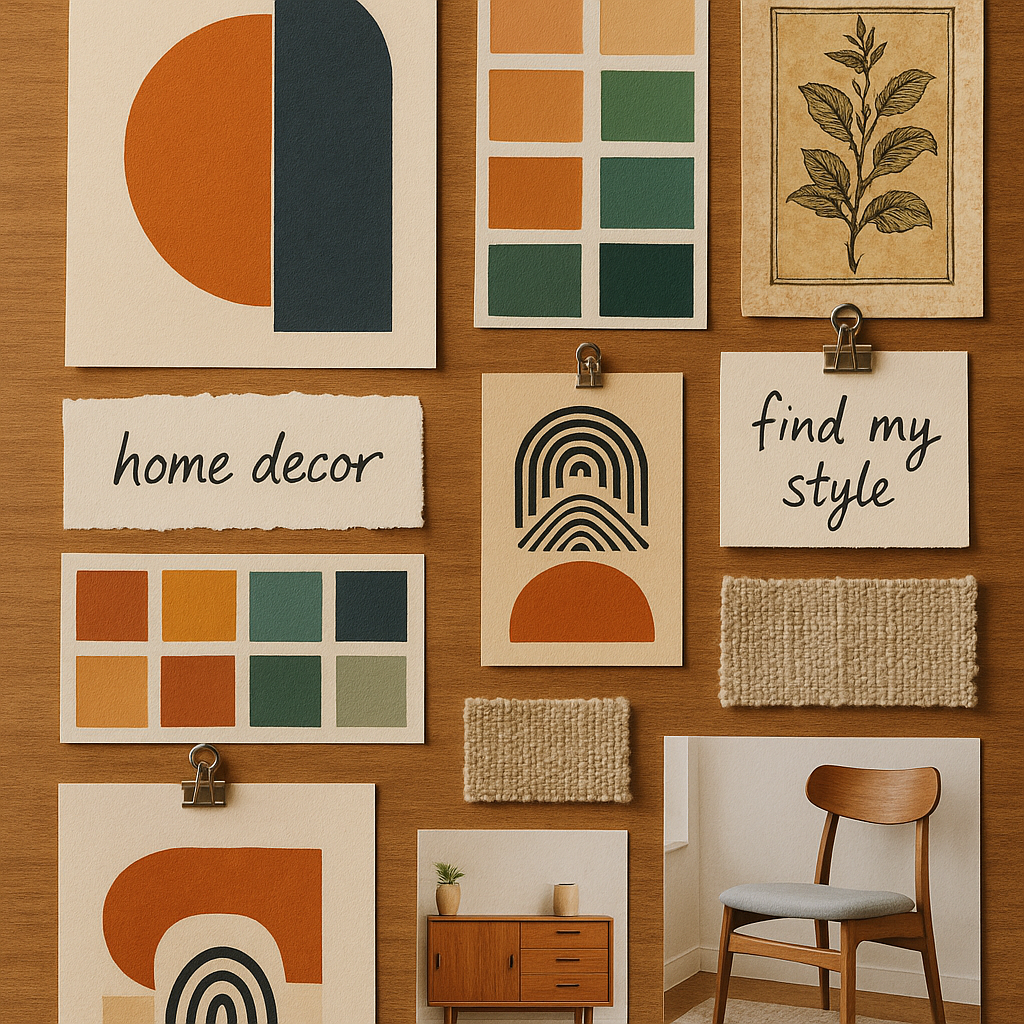
Don’t analyze your choices too much at this stage—simply gather what attracts you. You might discover unexpected connections between pieces you love, whether it’s a color palette, subject matter, or overall mood. For additional inspiration, explore how vintage is having a major moment in contemporary decor.
Consider what drew you to your favorite furniture pieces or decorative objects. The aesthetic preferences you’ve already expressed in your home furnishings can provide valuable clues about your artistic inclinations. Your taste in fashion, literature, music, or travel destinations might also reveal patterns in what visually appeals to you.
Observe and analyze art in real living spaces
Notice how artwork transforms the atmosphere of rooms you visit. In friends’ homes, hotels, restaurants, or design showrooms, pay attention to how different art styles change your perception of a space. Does minimalist art make a room feel more spacious and serene? Does colorful abstract work energize the environment?
Take photos of arrangements that appeal to you, noting the relationship between the artwork and surrounding elements. Consider how the scale of pieces, framing choices, and placement contribute to the overall effect. This real-world context helps you envision how various styles might function in your own home.
Look for patterns in the art that consistently attracts you. Are you drawn to bold colors or subdued palettes? Figurative subjects or abstract compositions? Geometric precision or organic flowing forms? These recurring elements are important clues to your natural aesthetic preferences.
Experiment and play with mediums
Don’t limit yourself to traditional paintings. Today’s home decor incorporates diverse artistic expressions, from photography and digital art to textile art and sculptural pieces. Each medium creates a different visual and textural impact in a space.
Consider taking an art class or workshop to experience creating in different mediums. This hands-on approach can reveal which artistic languages feel most natural to you. Even if you don’t plan to create your own art, understanding various techniques deepens your appreciation for what you choose to display.
Online art style quizzes can serve as entertaining starting points, but view their results as suggestions rather than definitive answers. The best insights come from your own observations about what consistently appeals to you across various contexts and over time.
Synthesize and personalize
Few people align perfectly with a single established art style. Most develop a personal aesthetic that borrows elements from multiple influences. You might love the color sensibility of impressionism combined with the geometric structure of mid-century modern design.
Identify the specific elements that appeal to you across different styles. Perhaps you’re drawn to high contrast, simplified forms, or certain subject matter regardless of the artistic movement. These consistent preferences form the building blocks of your personal style.
Consider your home’s architecture and existing decor as creative constraints that can actually help refine your art choices. A minimalist apartment might call for different artistic expressions than a Victorian home, yet both can authentically reflect your aesthetic sensibilities through thoughtful curation.
Practice, reflect, and iterate
Display potential art pieces in your space before making final decisions. Many galleries and online retailers now offer try-before-you-buy programs or digital visualization tools that let you see how artwork will look in your specific room.
Live with pieces temporarily and notice how they affect your daily experience of the space. Does the artwork energize you in the morning? Create a sense of calm in the evening? The emotional impact of art in your everyday life matters more than how it photographs for social media.
Seek input from trusted friends, but prioritize your own response. Their observations might help you articulate what you’re instinctively feeling about different pieces, but the final decision should reflect what genuinely speaks to you rather than external validation.
Common art styles and how they impact home atmosphere
Different artistic approaches dramatically affect the feeling and function of your living spaces. Understanding these relationships helps you select styles that create your desired atmosphere.
Modern and contemporary art styles typically feature clean lines, simplified forms, and often bold colors or high contrast. In home settings, they create a sense of sophistication and forward-thinking energy. These styles particularly complement minimalist furniture, open floor plans, and architecturally interesting spaces. A large abstract canvas or geometric print can serve as a stunning focal point in a modern living room.
Minimalist art, characterized by reduced visual elements and restrained color palettes, creates a sense of space and tranquility. This approach works beautifully in smaller homes or apartments where visual clutter can feel overwhelming. Black and white photography, simple line drawings, or monochromatic paintings contribute to a serene, thoughtful atmosphere.
Bohemian art styles incorporate diverse global influences, rich patterns, and often handcrafted elements. In home decor, this approach creates warm, lived-in spaces that feel collected rather than designed. Textiles as wall art, eclectic gallery walls mixing various mediums, and artisanal pieces contribute to this relaxed, creative atmosphere.
Vintage and retro-inspired artwork brings nostalgic charm and character to contemporary spaces. Whether through authentic period pieces or modern works with historical references, these styles add layers of visual interest and conversation starters. They work particularly well in transitional homes that blend traditional architecture with updated furnishings.
Abstract expressionism emphasizes emotional impact through color, texture, and spontaneous-appearing composition. In home settings, these dynamic pieces can transform energy levels and set a psychological tone. A vibrant, gestural painting might energize a dining area where conversation flows, while a more subdued abstract piece could enhance relaxation in a bedroom.
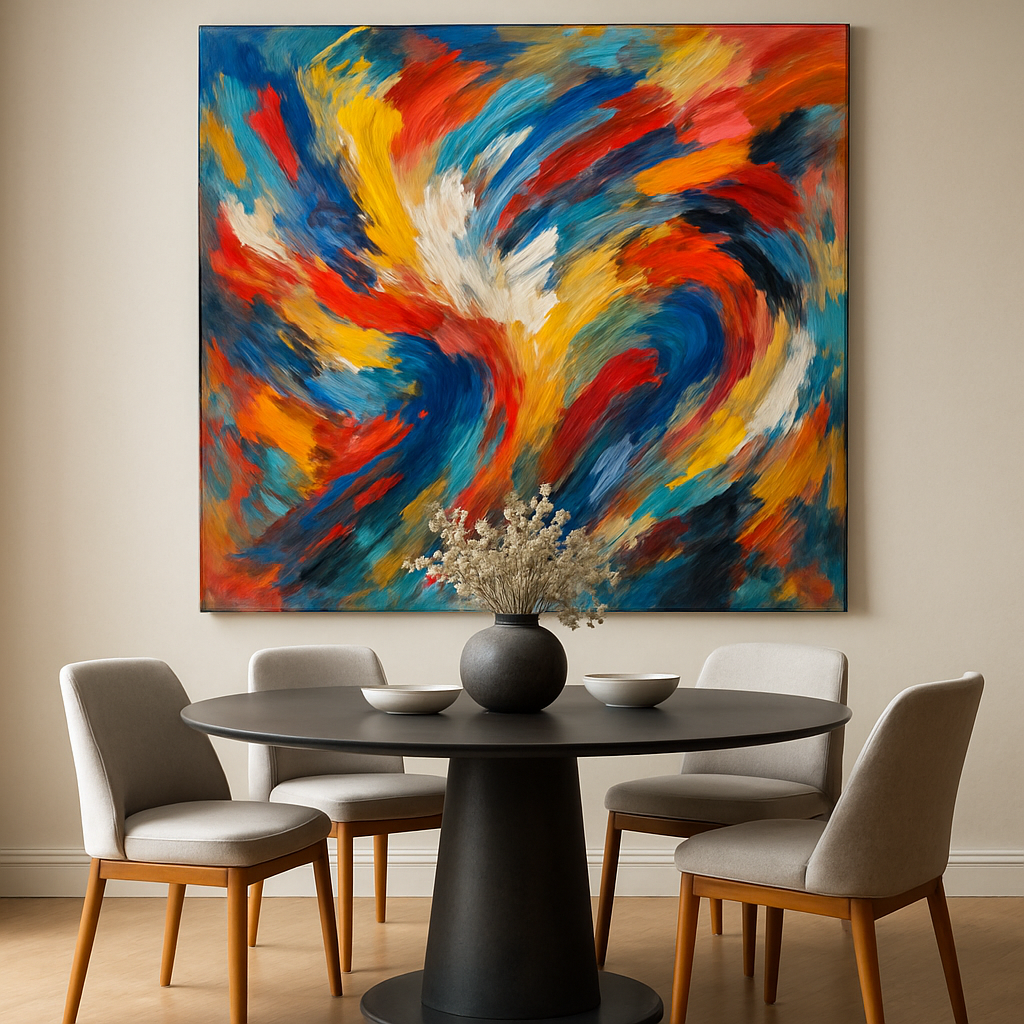
Nature-inspired art, from botanical illustrations to landscape photography, brings the outdoor world inside. These styles create a sense of connection to the natural environment and often have a calming effect. They work particularly well in urban homes where actual nature might be limited, or in spaces where you want to emphasize seasonal changes through rotating artwork.
Those drawn to precision and harmonious proportions might appreciate perfect details and vibrant colors found in geometric styles. These pieces add intellectual interest and visual structure to rooms that might otherwise feel too casual or undefined.
Tips for applying your art style throughout your home
Once you’ve identified the artistic direction that resonates with you, the next challenge is integrating it cohesively throughout your living spaces while maintaining balance and visual interest.
Consider your existing color scheme as a starting point for art selection. Your artwork doesn’t need to match your furniture perfectly, but establishing a dialogue between your art and your decor creates harmony. Pull accent colors from your art into throw pillows or small accessories to create visual connections throughout the room.
Scale matters tremendously in home art displays. A common mistake is choosing pieces that are too small for their wall space. Generally, artwork should occupy about two-thirds to three-quarters of the available wall width when hung alone. For furniture-topped walls, the art should be approximately two-thirds the width of the furniture below it.
Create themed collections for different areas based on how you use each space. For example, energizing, bold pieces work well in active areas like kitchens and home offices, while more serene, contemplative art enhances relaxation in bedrooms and reading nooks. This functional approach keeps your style consistent while acknowledging the different purposes of each room.
Gallery walls offer an excellent opportunity to display multiple aspects of your artistic style. When creating these arrangements, maintain cohesion through consistent framing, color themes, or subject matter while allowing for variety in size and orientation. Begin by arranging your pieces on the floor before committing to wall placement.
Consider rotating your artwork seasonally or annually to keep your space feeling fresh and responsive to your evolving tastes.
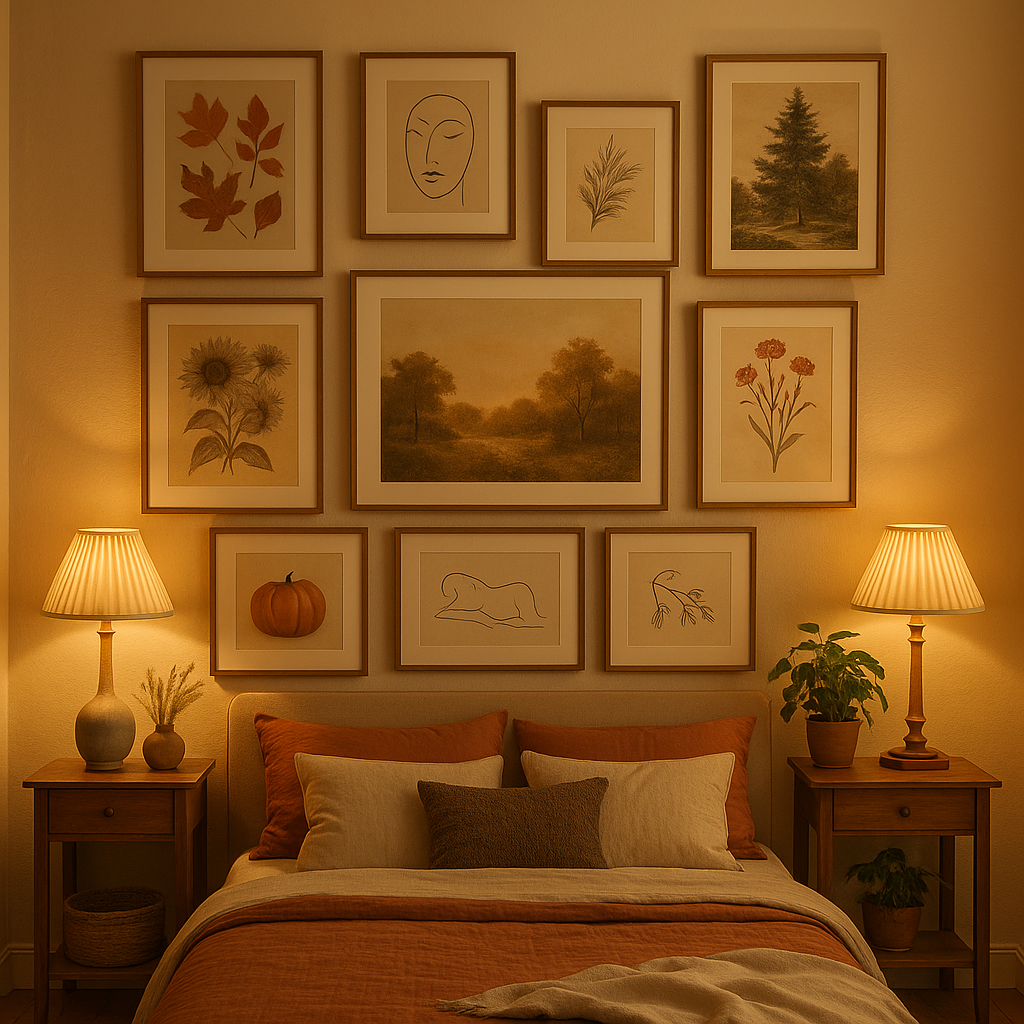
Having a “library” of pieces allows you to maintain your core style while introducing variety. Storage solutions like art portfolios or dedicated closet space make this rotation system practical.
Mix original pieces with quality prints for financial accessibility. Having a few statement original works surrounded by thoughtfully chosen reproductions allows you to build a collection that reflects your style without overwhelming your budget. Consider commissioning a special piece from an emerging artist whose work aligns with your aesthetic.
Lighting transforms how art is experienced in your home. Dedicated art lights, adjustable track lighting, or strategically placed lamps can highlight texture, color, and detail. Consider how natural light changes throughout the day when placing important pieces, and be mindful of potential sun damage to valuable or delicate works.
Don’t limit your artistic expression to traditional wall hangings. Sculptural pieces, artisanal furniture, decorative ceramics, and textile art can all reinforce your chosen style while adding dimensional interest. These three-dimensional elements create a more immersive expression of your aesthetic throughout your living space.
Conclusion
Finding your art style for home decor is a deeply personal journey that transforms your living space from simply furnished to genuinely expressive. Unlike following fleeting trends, developing an authentic artistic direction creates a home that tells your unique story and evolves meaningfully over time.
Remember that this process unfolds gradually. Allow yourself to explore, experiment, and occasionally change direction as your tastes mature. The most compelling homes showcase art collections built over years rather than purchased all at once. Each piece you select with intention adds another layer to your home’s visual narrative.
Trust your instincts above external opinions. While design rules provide helpful structure, genuine resonance with the art you live with daily matters more than adherence to conventions. Your personal connection to the pieces you display creates the emotional warmth that distinguishes a styled house from a soulful home.
Begin implementing your emerging style with a small project—perhaps a refreshed gallery wall in your entryway or a statement piece above your sofa. As your confidence grows, expand your artistic vision throughout your home, creating spaces that feel authentically yours and bring you daily joy. Your walls are waiting to become canvases for your most personal expression.
Frequently asked questions
How long does it take to find your art style for home decor?
It varies, but with regular exploration and experimentation, many find a strong direction within a few months.
Should I match my art style to my home’s design theme?
While harmony is important, personal expression often trumps strict matching—develop a style that resonates with you first, then adapt it to your space.
What if my art style changes over time?
That’s natural—let your home evolve with your interests! Swapping art or rearranging displays is a great way to keep your space fresh.
Can I combine multiple art styles in one home?
Absolutely. Combining styles creates depth and character. Stick to a consistent element (like color or subject) for cohesion.
Where can I find art inspiration for my home?
Check galleries, online blogs, local boutiques, and curated image platforms. You’ll find ideas in resources like tips on retro art and decor and contemporary print collections.